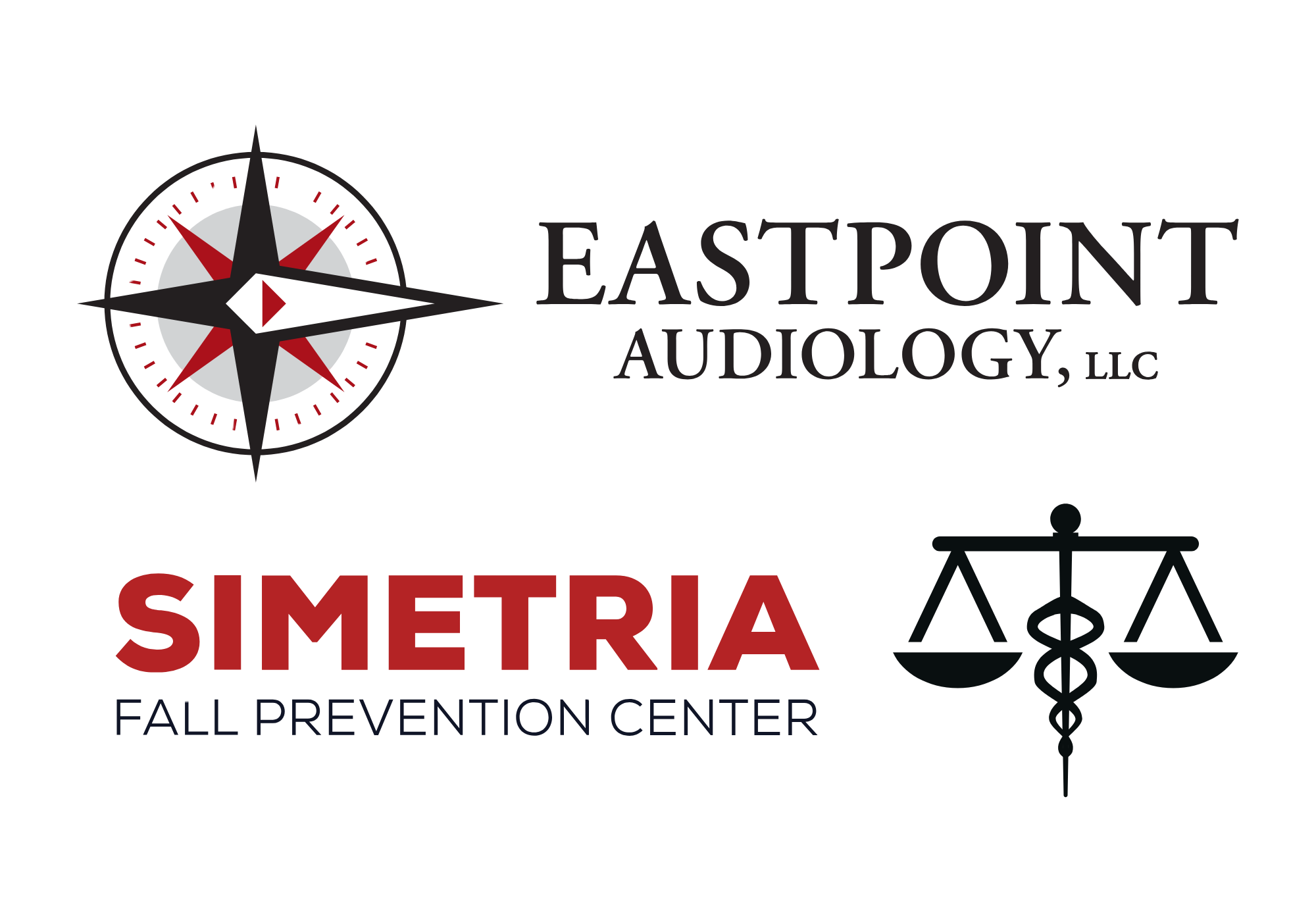
Hearing loss stands as the second most prevalent impairment globally, affecting over 466 million people globally. Given its far-reaching occurrence, it is important to focus on properly managing the risks connected to its development.
A person’s risk of developing hearing loss is influenced by a number of variables, including some that can be dealt with and others that are beyond their control. Identifying strategies to minimize these risks is essential for effective prevention.
What factors lead to experiencing hearing loss?
Assessing the risk of hearing loss necessitates an acknowledgment of the diverse nature of this condition. Whether stemming from noise exposure, ear infections, genetic predilection, or other origins, the causes and types of hearing loss show substantial diversity. Consequently, strategies for risk management will differ depending on the specific type of hearing loss in question.
Main factors contributing to hearing impairment:
- Infections or Blockages: Simple ear infections or compacted earwax can cause temporary hearing loss, often rectified once the root issue is properly addressed.
- Noise-related hearing loss: Frequent exposure to high levels of noise can trigger considerable and permanent harm to the ears, particularly impacting the fragile hair cells that perform a crucial role in hearing. Injury to these cells can result in lasting loss of hearing, with the degree of damage being associated with the severity of the injury endured.
- Trauma: Various forms of trauma to the ear or brain can trigger hearing impairments. Examples include traumatic brain injuries contributing to tinnitus or burst eardrums causing hearing complications, emphasizing the significance of injury prevention.
- Age: Evidence suggests that age-related processes may contribute to specific types of hearing loss over time, though distinguishing between age-related and activity-induced hearing deterioration remains difficult.
- People with genetic conditions might be more prone to experiencing hearing loss, which is especially noticeable in young children and babies. In addition, some adults may be more prone to noise-induced hearing damage due to their inherited characteristics, making them more vulnerable to its effects.
- Certain jobs that involve long-term exposure to high levels of noise, including those in factories, constructing sites, and the music industry, increase the likelihood of hearing damage for employees.
- Recreational exposure to noise: Frequent exposure to damaging noise during leisure activities, such as attending concerts or listening to music at loud volumes, increases the likelihood of hearing damage.
- Some prescription medications, known as “ototoxic” medications, can trigger hearing loss as an unintended repercussion, affirming the crucial role of healthcare professionals in evaluating the potential risks and advantages of medication therapy.
The interaction of these elements may result in the progression of hearing loss, emphasizing the involved nature of assessing risks in this field.
Who is at high risk for hearing loss?
Some people are more prone to hearing loss than others, with particular populations being at an increased risk due to various factors.
Prevention and early treatment is essential
In spite of variations in individual risk profiles, all individuals are susceptible to hearing loss to some degree. To minimize these dangers, it is crucial to take preventative steps to protect hearing health and undergo routine exams to identify potential problems before they become serious issues.
While people at higher danger for hearing loss may not necessarily need to embrace additional protective measures, they should remain alert in their efforts. For example, regular use of hearing protection in noisy workplaces or during recreational activities can considerably reduce the risk of hearing damage.
In the end, regardless of what primary risk level a person has, taking practical steps can decrease the chances of hearing loss and preserve the ability to hear for years to come.
Get in touch with us now to make an appointment for a hearing evaluation and talk about your individual risk factors.
